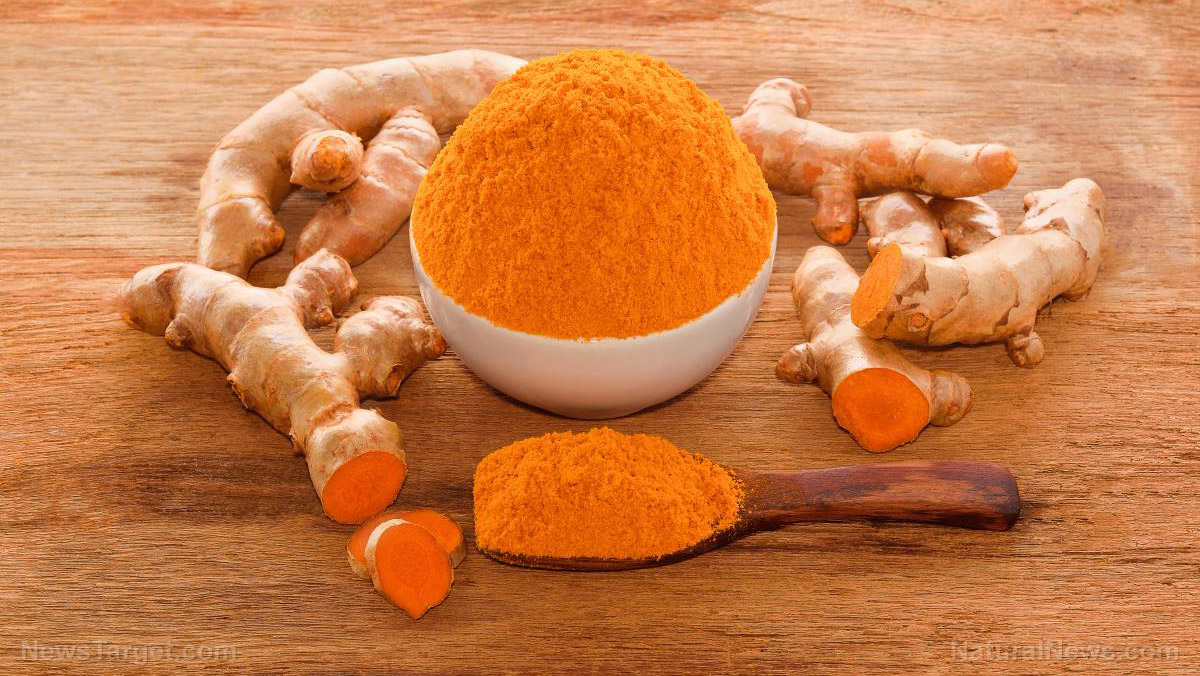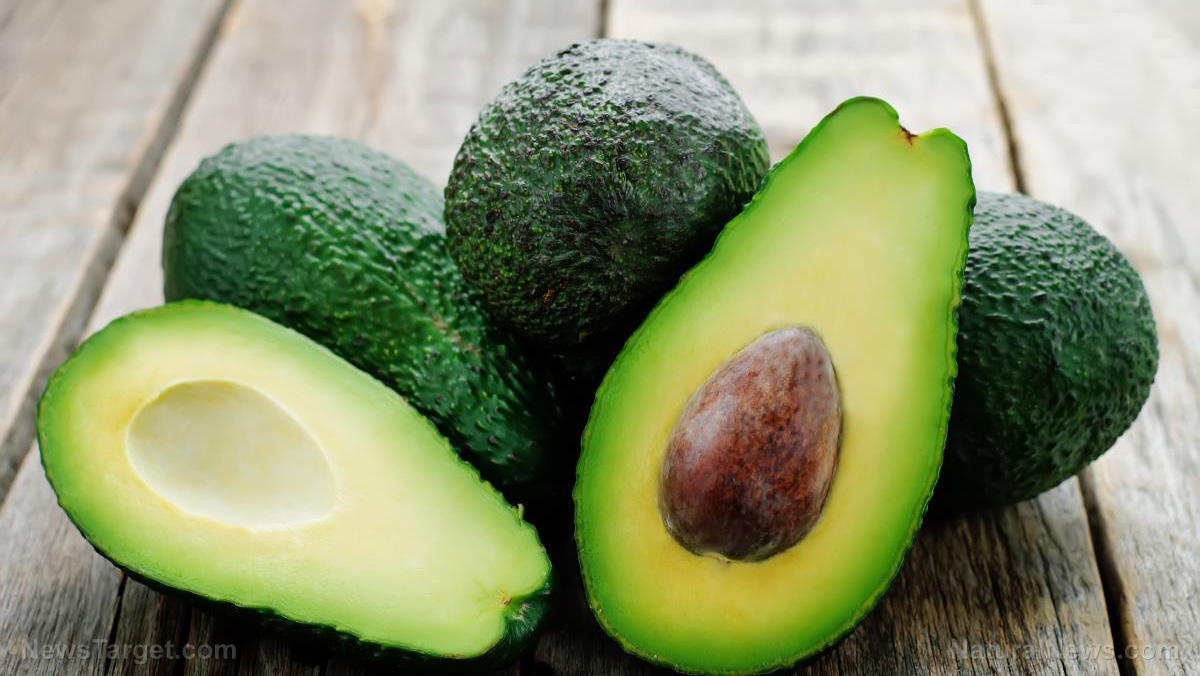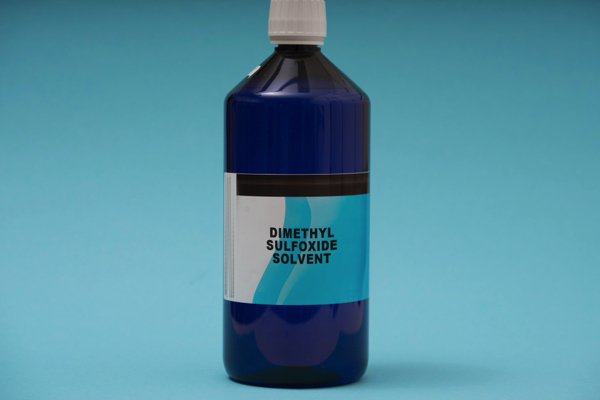Turmeric’s golden elixir: Ancient wisdom validated by science for blood pressure wellness
By willowt // 2025-05-13
Tweet
Share
Copy

- Turmeric’s active compound, curcumin, enhances nitric oxide production, promoting vasodilation and lowering blood pressure by improving endothelial function and reducing arterial stiffness.
- Curcumin combats chronic inflammation — a key driver of hypertension — by inhibiting pro-inflammatory cytokines (TNF-α, IL-6) and oxidative stress, thereby protecting against atherosclerosis and vascular damage.
- Studies show curcumin supplementation (500–3,000 mg/day) modestly reduces blood pressure (1.55 mmHg systolic, 1.73 mmHg diastolic) and is particularly effective in postmenopausal women. Animal studies confirm its ability to counteract hypertension mechanisms like RAAS overactivation.
- Curcumin’s absorption is low (1–5%) but improves when paired with fats (e.g., coconut oil) or piperine (from black pepper), which boosts uptake by 2,000%. Standardized supplements (e.g., BCM-95) and culinary uses (e.g., golden latte) enhance efficacy.
- While generally safe, curcumin may interact with blood thinners, diabetes medications and immunosuppressants. It aligns with holistic health — balancing Ayurvedic practices, DASH diet synergy and benefits for gut health, stress and diabetes prevention.
Curcumin’s mechanisms of action: Unveiling the science
The cornerstone of turmeric’s cardiovascular virtues lies in curcumin’s capacity to boost nitric oxide (NO) synthesis. NO, a signaling molecule produced by endothelial cells, relaxes blood vessels by activating guanylate cyclase, increasing cyclic GMP levels and triggering smooth muscle relaxation. This vasodilation reduces peripheral resistance, effectively lowering pressure on arterial walls. Studies confirm that curcumin stimulates eNOS (endothelial nitric oxide synthase), the enzyme primarily responsible for NO production, thereby improving endothelial function and preventing hypertension-induced vascular damage (Khan et al., 2022).Inflammation’s role in hypertension
Chronic inflammation, often triggered by oxidative stress and unhealthy lifestyles, fuels hypertension by damaging endothelial lining and promoting collagen buildup in arteries. Curcumin’s dual antioxidant and anti-inflammatory properties address this by inhibiting pro-inflammatory cytokines (TNF-α, IL-6) and enzymes like COX-2 and NF-κB (a transcription factor involved in genetic activity). By attenuating systemic inflammation, curcumin not only addresses high blood pressure but also mitigates risks of atherosclerosis and cardiovascular complications (Sharma et al., 2021).Studying efficacy: Clinical insights and animal models
Empirical findings underscore curcumin’s promise. A 2025 systematic review of 17 randomized controlled trials involving 1,200 participants revealed that curcumin supplementation (500–3,000 mg/day) reduced systolic blood pressure by an average of 1.55 mmHg and diastolic by 1.73 mmHg over 8–12 weeks. While these changes seem modest, they are clinically significant when combined with lifestyle modifications (e.g., reducing sodium intake, exercising). Women, particularly postmenopausal individuals, showed greater responsiveness, possibly linked to estrogen-mimetic effects of curcumin (Li et al., 2025). Animal studies add depth. Research from 2009 demonstrated that curcumin normalized mean blood pressure by 27% in hypertensive rats treated with the drug L-NAME (which induces hypertension by blocking NO). More recent trials in 2023 highlighted its ability to counteract angiotensin II-driven hypertension by downregulating the renin-angiotensin-aldosterone system (RAAS), a key target in antihypertensive medications (Wang et al., 2023).Unlocking turmeric’s potential: Synergy in diet and formulation
Curcumin’s therapeutic potential hinges on optimal absorption. Only 1–5% of oral doses enter systemic circulation due to rapid metabolism by the liver and poor water solubility. To enhance uptake, traditional wisdom—marrying turmeric with fats and piperine (black pepper’s compound)—is scientifically reaffirmed. Clinical trials show that piperine boosts curcumin absorption by 2,000% by inhibiting hepatic glucuronidation, while lipids (e.g., coconut oil, ghee) increase solubility. Practical applications:- Culinary creativity: Drizzle turmeric on avocado toast, sprinkle in scrambled eggs, or blend with coconut milk and black pepper for a golden latte.
- Supplement standards: Opt for standardized extracts such as BCM-95 or Meriva (phosphatidylcholine-bound), which encapsulate curcumin in lipid vesicles for superior bioavailability. A typical effective dose ranges from 500–2,000 mg of standardized curcuminoids daily.
- Synergistic pairing: Combining turmeric with ginger amplifies anti-inflammatory effects, a common Ayurvedic practice in Golden Paste (1 tablespoon turmeric, 2 tbsp coconut oil, 1 tsp black pepper).
Safety and considerations for personalized use
While generally safe, turmeric requires caution in specific scenarios:- Drug Interactions:
- Blood Thinners: Curcumin’s antiplatelet effects may potentiate anticoagulants like warfarin. Limit doses to under 1,000 mg/week and consult healthcare providers.
- Diabetic Medications: Synergistic hypoglycemic action may lower blood sugar excessively when combined with insulin or metformin.
- Immunosuppressants: May reduce efficacy due to curcumin’s immune-boosting effects (e.g., cyclosporine).
- Pregnancy and Lactation: Limited research suggests cautious use; monitor for uterotonics.
- Side Effects: High doses (>2–3 g/day) may cause nausea or bloating. Yellow discoloration of the skin can occur with prolonged topical use.
Turmeric in holistic healthcare: A bridge between traditions and modernity
The spice’s role extends beyond BP reduction to holistic wellness. In Ayurveda, turmeric (Haridra) balances the pitta dosha, harmonizing body systems. Integrating it with evidence-based practices amplifies efficacy:- Dietary synergy: Adhering to the DASH diet—which emphasizes fruits, whole grains and reduced sodium—with turmeric-rich meals lowers systolic readings by ~8.2 mmHg in 3 months (Johnson et al., 2024).
- Stress and microbiome: Curcumin modulates cortisol levels and enhances gut flora via prebiotic effects, which influence mood and inflammation.
- Diabetes collaboration: Curcumin improves insulin sensitivity (via acetylation pathways) and protects pancreatic beta-cells, offering preventive benefits for prediabetes and type 2 diabetes (Pan et al., 2022).
Embracing turmeric’s legacy
Turmeric stands as a testament to the interplay between ancient wisdom and cutting-edge science. Its role in cardiovascular wellness reflects a paradigm shift toward nature-based treatments. With over a billion people worldwide affected by hypertension, turmeric’s duel-natured approach — addressing inflammation, oxidative damage and vascular health—proves indispensable. By curating dietary practices, prioritizing bio-optimized formulations and consulting health professionals, turmeric can be harnessed as both a supplement and a lifestyle anchor. In an era seeking balance between tradition and innovation, this golden spice illuminates a path forward, proving that nature’s remedies, when respected and applied thoughtfully, remain timeless allies to human health. Sources for this article include: TheEpochTimes.com GreenMedInfo.com VeryWellHealth.comTweet
Share
Copy
Tagged Under:
natural medicine herbal medicine heart disease turmeric curcumin cardiovascular disease alternative medicine blood pressure natural remedies natural health herbs supplements natural cures heart health naturopathy organics remedies food cures food is medicine goodhealth goodmedicine goodfood
You Might Also Like
Avocados in pregnancy: The superfood that slashes allergy risk and boosts fetal health
By Lance D Johnson // Share
“DMSO” by Drs. Donsbach and Walker elaborate on the untapped potential of this healing agent
By Ramon Tomey // Share
Kenny Ausubel’s “When Healing Becomes A Crime” tackles the controversial legacy of Harry Hoxsey
By Ramon Tomey // Share
Human body’s ultimate defense: How probiotics can lower cholesterol, prevent cancer and more
By Belle Carter // Share
Sesame oil: A heart-healthy superfood worth adding to your diet
By Laura Harris // Share
Recent News
Analysts: China's robotaxi market to expand by 700-fold over the next decade
By lauraharris // Share
Preparedness 101: Avoiding common prepping pitfalls for survival success
By zoeysky // Share










